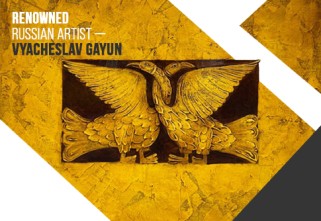Paris prosecutors and museum officials have revealed significant updates in the investigation of the daylight robbery at the Louvre Museum on 19 October 2025. The incident, in which eight pieces of the French Crown Jewels worth an estimated €88 million (approximately US $102 million) were stolen, has entered a new phase characterized by both breakthroughs and institutional scrutiny.
Key Developments
• Two suspects, aged 34 and 39, were detained and have partially admitted involvement in the crime. Both are residents of Seine-Saint-Denis in the northern suburbs of Paris.
• DNA and forensic evidence found on site linked those suspects to the cut display cases and the getaway vehicle used in the heist.
• Officials say the thieves did not appear to operate as a sophisticated organised crime syndicate, but rather as a group of petty criminals exploiting long-standing security weaknesses at the museum.
• The museum’s director admitted that the theft “was not inevitable” and highlighted systemic security deficiencies, including outdated CCTV systems, weak perimeter protection, and a camera that did not cover the balcony entry point used by the thieves.
• The French Culture Minister announced plans to install anti-ramming and anti-intrusion devices on public roads around the museum within two months, acknowledging the museum’s “chronic under-estimation of intrusions and theft risk”.
Editorial Commentary
From the perspective of ArtExpoWorld, these revelations suggest this heist should not be considered a single criminal act but a reckoning for heritage security worldwide. While the immediate crime may have been carried out by mal-organized individuals, the ease and speed of execution point to deeper institutional vulnerabilities.
Key implications include:
• A museum’s public prestige does not guarantee robust security; even world-famous institutions can be breached when risks are underestimated.
• The focus on crown jewels rather than artworks might indicate a shift in heist targets: movable heritage objects with national symbolism, not just commercial art.
• For the museum sector and collectors, this incident raises questions about how institutions manage outdated infrastructure versus high-profile acquisitions.
• The announcement of remedial measures may restore public confidence, but actual implementation and accountability will be the true test.




